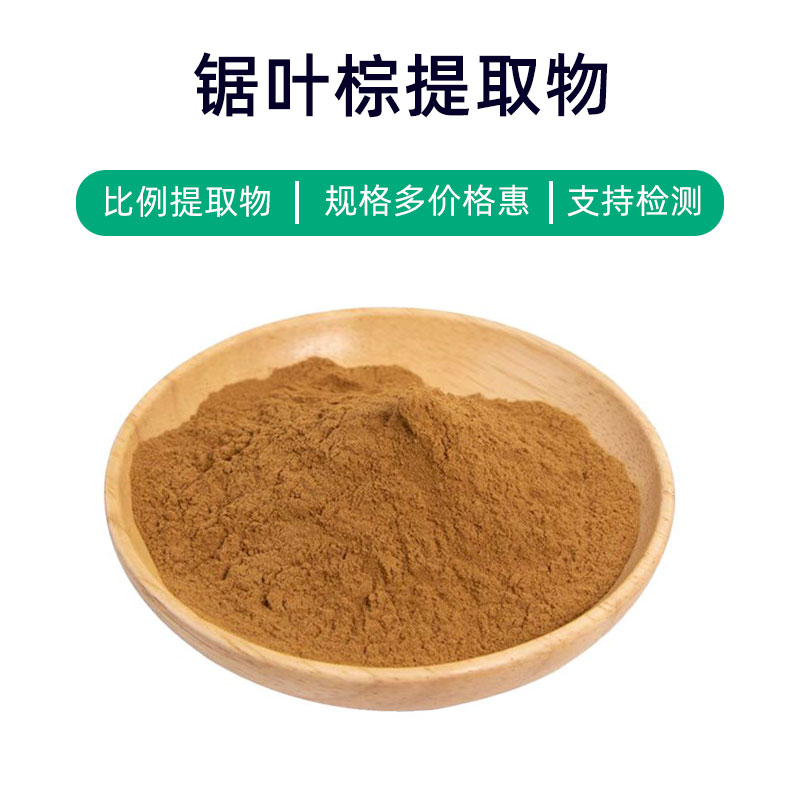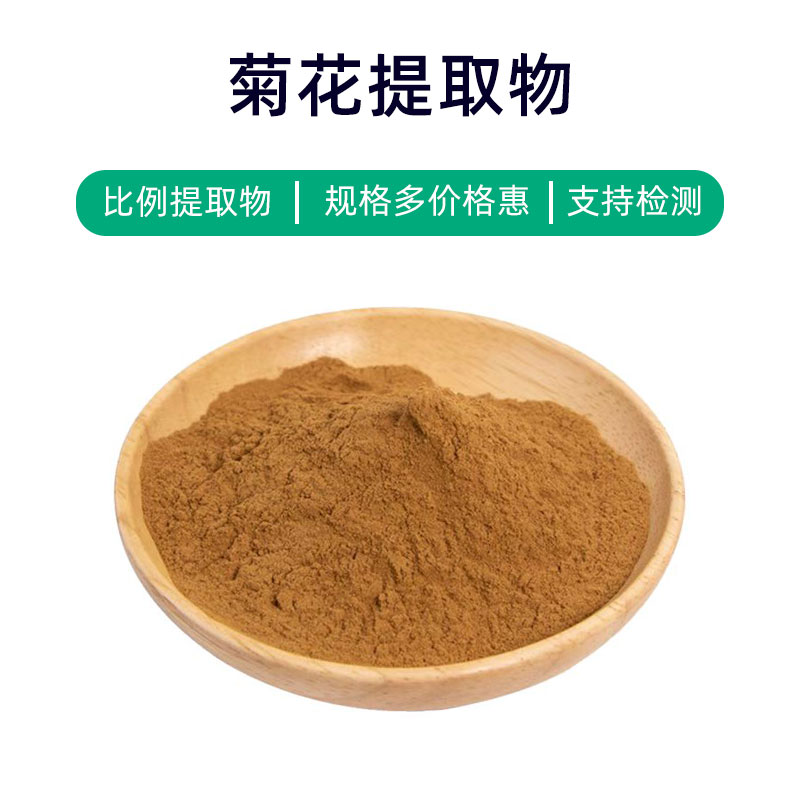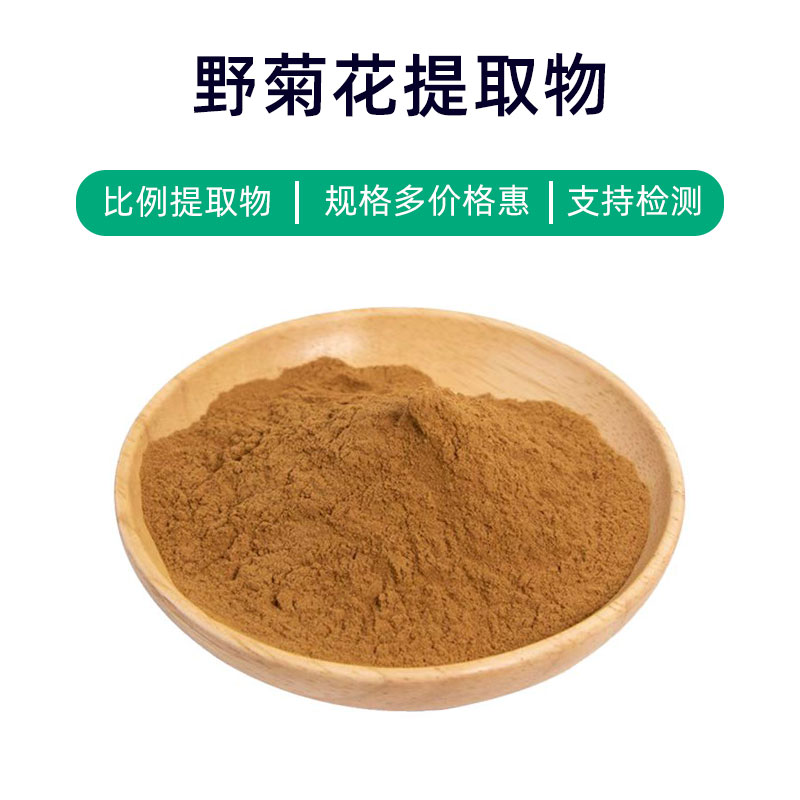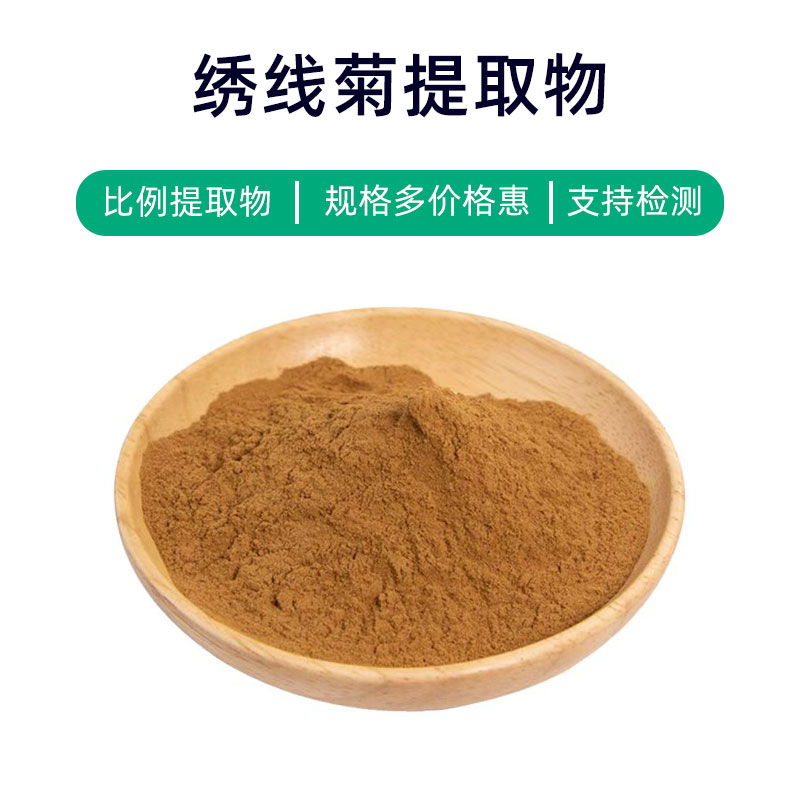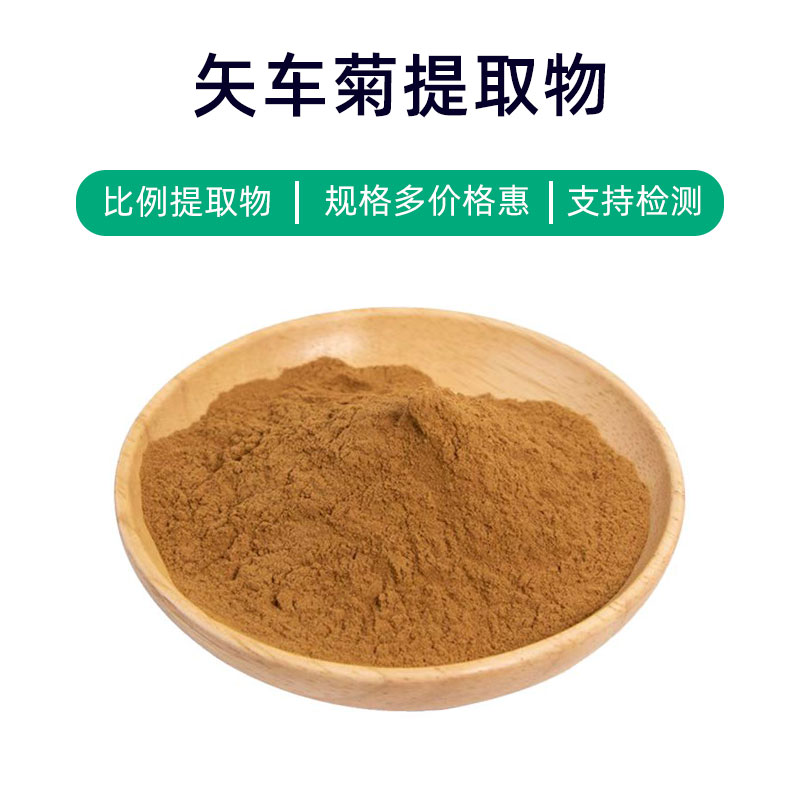Goji Extract Product Introduction
Goji extract is a natural extract derived from the fruits of the Chinese Wolfberry (Lycium barbarum). Its main components include polysaccharides, various amino acids, and a wealth of trace elements. These components are widely recognized for their antioxidant, immune-regulating, anti-aging properties, and benefits for vision improvement.
As a natural health supplement, goji extract is extensively used in health products, pharmaceuticals, and the food industry. Its antioxidant properties help reduce free radical damage in the body, boost immunity, and promote overall health and youthfulness. In addition, goji extract is thought to positively impact vision improvement, sleep promotion, and regulation of blood sugar and blood lipids.
In the health supplement field, goji extract is often used as a key ingredient in the production of various oral supplements like capsules, tablets, and granules. In the food industry, it is frequently added to various products such as beverages, candies, and alcoholic drinks to enhance nutritional value and efficacy. In pharmacology, goji extract is also utilized in some drug formulations to enhance efficacy and safety.
Overall, goji extract is a natural and nutrient-rich plant extract that has various benefits and applications, making it one of the popular health products in modern life.
Goji Extract Production Process
The production process for goji extract typically includes the following main steps:
- Harvesting: Fresh Chinese Wolfberry fruits are selected as raw materials. These fruits typically ripen in the autumn, and those that are plump and brightly colored are optimal.
- Washing: The harvested goji fruits are washed to remove surface impurities and dirt, ensuring cleanliness.
- Crushing: The washed goji fruits are fed into a crusher to break them down, making it easier to release their beneficial components.
- Extraction: The crushed fruits undergo extraction processes, such as soaking or heating, to draw out their nutritional components, forming a concentrated extract or liquid.
- Filtering: The extracted liquid is filtered to remove solid particles and impurities, resulting in a clear, transparent extract.
- Concentration: The extracted liquid is concentrated to remove moisture, yielding a concentrated goji extract.
- Drying: The concentrated extract is subjected to spray drying or vacuum drying, resulting in a powder form that facilitates packaging and storage.
- Packaging: The dried goji extract is packaged, typically in sealed materials like foil bags or plastic containers, to ensure quality and shelf-life.
This outlines the conventional production process for goji extract. Manufacturers may adjust and optimize the process based on actual conditions and requirements to ensure product quality and stability.
Goji Extract Benefits and Side Effects
Goji extract is a common herbal remedy known for its various benefits, mainly including:
- Antioxidant Properties: Rich in antioxidants like polyphenols and flavonoids, goji extract helps eliminate free radicals in the body, slowing cellular oxidative damage and providing anti-aging and antioxidant effects.
- Immune System Boost: The extract contains abundant polysaccharides that enhance immune function, promote immune cell activity, and improve the body’s resistance against infections and diseases.
- Blood Sugar Regulation: Research indicates that the polysaccharides in goji extract can help lower blood sugar levels and improve insulin sensitivity, offering supportive treatment for diabetes.
- Vision Protection: With rich contents of beta-carotene and carotenoids, goji extract protects the eyes, improves vision, and helps prevent eye diseases such as cataracts and macular degeneration.
- Blood Lipid Regulation: Various active components in goji extract can help regulate blood lipid metabolism, lowering total serum cholesterol, triglycerides, and low-density lipoprotein cholesterol levels, thereby preventing cardiovascular diseases.
- Sleep Improvement: Goji extract is rich in B vitamins, which stabilize the nervous system, improve sleep quality, and alleviate insomnia and anxiety, contributing to better sleep overall.
- Digestive Support: The polysaccharides in goji extract promote gastrointestinal motility and enhance digestive absorption, helping to alleviate symptoms of indigestion and bloating.
While goji extract boasts many benefits, it’s essential to control the dosage and avoid overconsumption. Some individuals may experience allergic reactions or drug interactions, so it’s advisable to consult a healthcare professional for safety and efficacy before use.
Goji Extract Application Scenarios, Dosage, and Usage
Introduction to the Source Plant, Distribution, and Growth Environment of Goji Extract
The source plant for goji extract is goji berry (scientific name: Lycium barbarum), also known as Ningxia goji or Chinese goji, belonging to the nightshade family. Here’s an overview of the goji plant, its distribution, and growing environment:
1. Plant Overview:
Goji is a perennial woody plant, either a shrub or a small tree, usually standing between 1 to 3 meters tall, featuring a dense crown with lush foliage. Its bark is gray-brown with a slight sheen; the leaves are oval and arranged alternately or nearly opposite, while the flowers are blue-purple, and the fruits are red oval berries containing small seeds. Goji prefers warm, dry climates and exhibits strong adaptability to various soil types.
2. Distribution:
Goji is primarily native to the northwestern regions of China, especially thriving in deserts, hills, and arid areas of Ningxia, Gansu, Qinghai, and Xinjiang. Additionally, it is cultivated and found in the wild in other parts of China and some Asian countries like Inner Mongolia, Shanxi, Shaanxi, and Tibet.
3. Growth Environment:
Goji has strong adaptability, favoring environments with ample sunlight, mild weather, and good ventilation. Typically, it grows in areas with altitudes ranging from 800 to 2,500 meters; higher elevations generally provide a cooler climate that benefits its growth. Goji is quite versatile regarding soil; it thrives not only in sandy soils but also in loamy, clayey, and fertile soils, although sandy soil is considered optimal.
In summary, the source plant for goji extract is the goji berry, which is primarily distributed across northwestern China and grows well in warm, dry desert, hilly, and arid areas, demonstrating strong adaptability to soil and climatic conditions.
Processing and Storage of Goji Extract
The processing of goji extract typically involves soaking, extraction, filtering, concentration, and drying steps. Initially, goji berries are soaked in a suitable solvent for extraction. The solid particles are then filtered out to obtain the extract liquid. Next, the extract liquid is concentrated to remove the solvent, resulting in concentrated material. Finally, the concentrated material is dried to produce goji extract in either powder or liquid form.
For storage, goji extract should be kept in a dry, cool, and well-ventilated area, shielded from direct sunlight and humidity. It is recommended to seal the extract properly to minimize air exposure, preventing oxidation and moisture from affecting its quality. Proper storage methods can extend the shelf life of goji extract and maintain the stability of its nutritional components.
Monica Sun is a seasoned expert in the plant extraction industry with over a decade of experience in research and production. She specializes in the extraction and purification of plant active ingredients, focusing on driving innovation in natural product applications. Monica has participated in the development of multiple functional plant extracts, delivering high-value natural raw material solutions for the health food, pharmaceutical, and dietary supplement sectors.









